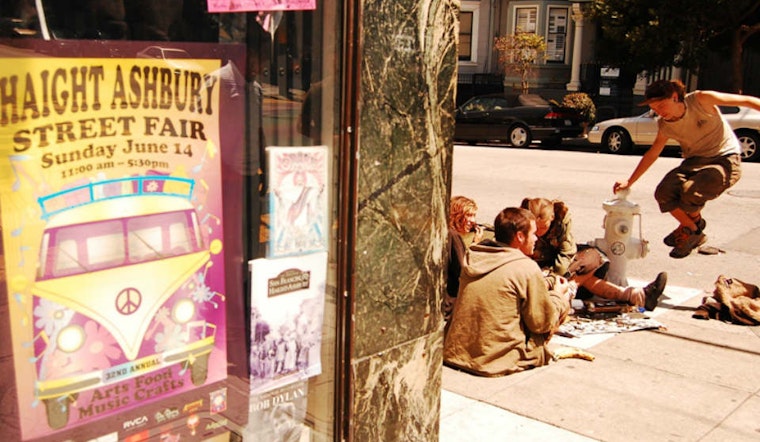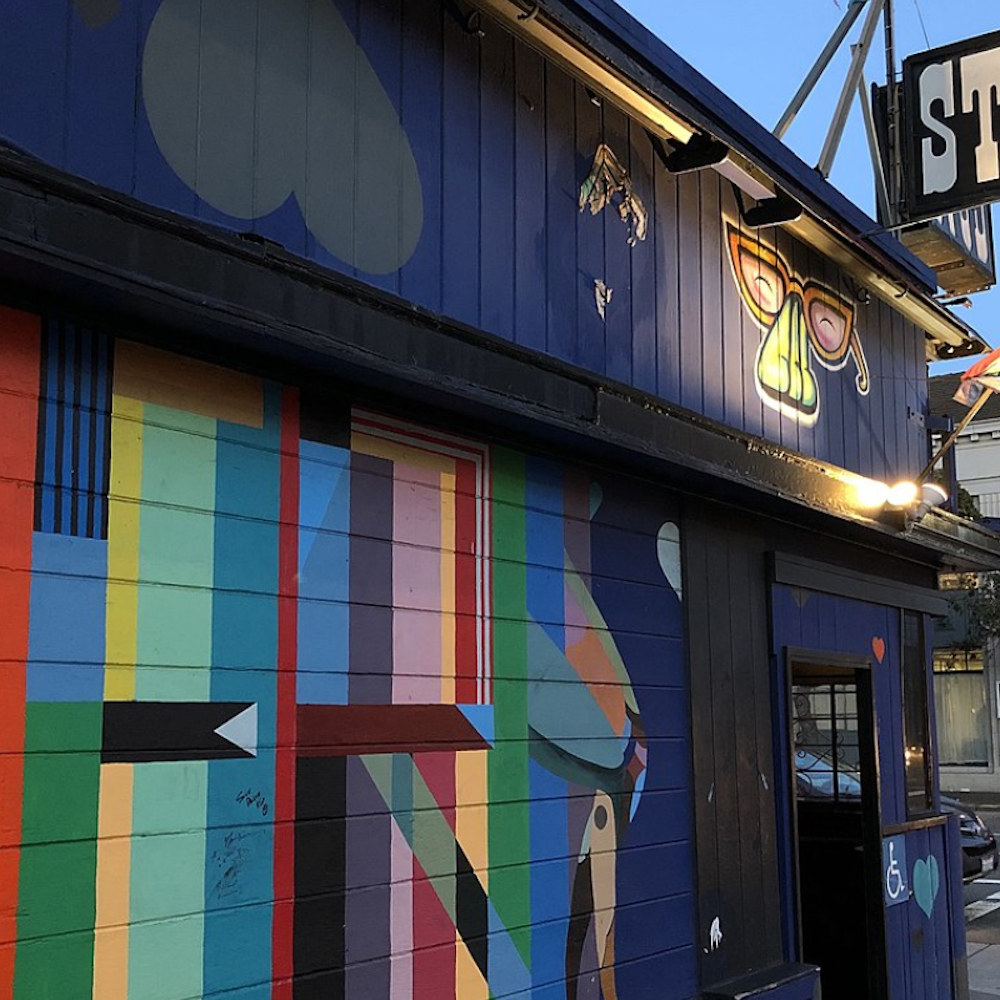
This week, two neighborhood organizations—the Haight Ashbury Improvement Association (HAIA) and the Haight Ashbury Neighborhood Council (HANC)—are taking two markedly different approaches to a recent public focus on homelessness in the area and related issues.
Homelessness, a perennial component of life in the Haight since the mid-'60s, has been the focus of extra scrutiny of late, following two deaths in the Bay Area last month, allegedly at the hands of a trio of transient people.
Following the deaths, the SFPD Park Station has mounted a "zero-tolerance" effort to clean up drug dealing in the neighborhood and keep people off the streets, both of which Park Station Capt. John Sanford has already deemed a success.
This Thursday (tomorrow), HANC will be hosting an open meeting on homelessness at its general meeting, at the Park Branch library (1833 Page St.) at 7pm.
According to an announcement by HANC President James Sword, the meeting will host former city homeless czar Bevan Dufty, as well as Coalition on Homelessness Executive Director Jennifer Friedenbach, to discuss "perspective on long-term solutions" to homelessness in the Haight.
Sword differentiates long-term solutions from what HANC identifies as "Band-Aid solutions," like sit/lie and overnight park closures. Differentiating HANC from other neighborhood organizations, Sword cites HANC's interest in "defending the rights of the poor."
The HANC meeting will serve, Sword said, as a forum for Dufty and Friedenbach to share their personal experiences of what has and has not worked, historically, in addressing homelessness and attendant community issues.
In the same week, HAIA President Ted Loewenberg issued a press release on behalf of HAIA, calling for the city to provide "sustainable, long-term efforts to implement changes to make our community less susceptible to drug epidemics and flocks of young, transient people living in the parks and on our streets."
The difference between HAIA's and HANC's approaches consists mainly in that HAIA identifies the Haight as being in "a state of crisis due to a methamphetamine epidemic brought on by wandering young drug users."
The measures Loewenberg put forward were, he said, "based upon [HAIA's] knowledge and thoughts about how you make changes that have a permanent effect of decreasing the violence and increasing the peace and prosperity in the neighborhood."
He said the letter wasn't directed to any specific government or community organizations, but intended rather as an open letter to the city.
The measures recommended by HAIA include installing a secure enclosure around the nine-acre Alvord Lake area and then allowing the city to rebuild gardens there to "make it resistant to neglect and abuse"; increasing enforcement of sit/lie between sundown and midnight; installing security cameras on Haight Street; closing or relocating the needle exchange program operated by the Homeless Youth Alliance; and a community log kept up by merchants and residents documenting used needles found on the ground and "objectionable behavior."
After hearing last week from Capt. Sanford that the mix of meth in the most recent drug loads confiscated on narcotics busts were "typical," we asked Loewenberg about HAIA's statement that the neighborhood was experiencing a meth epidemic.
"As a neighborhood, we're seeing it," he said. "[HAIA members] are seeing the effects through I guess three nights a week after the needle dispensary program at Cole and Haight closes up," and "all kinds of things that come from this hallucinating mind when you're on meth ... We see discarded needles all over the place, and in the parks and in school playgrounds."
"After more than 20 years of neglect of the problems confronting the Haight-Ashbury, it is high time for the City of San Francisco to act," Loewenberg writes in the HAIA letter. "We do not need to go through still another round of itinerant druggies wreaking havoc upon residents and merchants in the future. It is time for Mayor Lee and his department heads, as well as the Board of Supervisors to act on our plan to regain control of our community ... Let’s together fix this problem once and for all."









